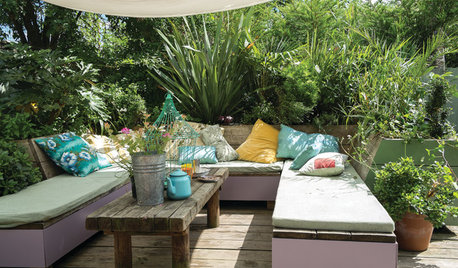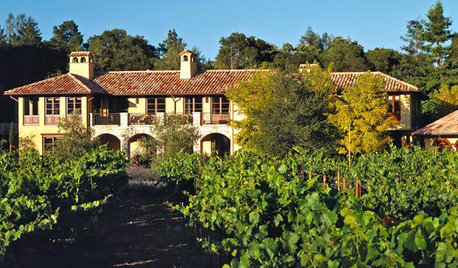New to the PNW - Where to Start?
emilykemily
14 years ago
Related Stories

DECORATING GUIDESHow to Decorate When You're Starting Out or Starting Over
No need to feel overwhelmed. Our step-by-step decorating guide can help you put together a home look you'll love
Full Story
LIFEHouzz Call: Where (and What) Are You Reading This Summer?
Whether you favor contemporary, classic or beach reads, do the long and lazy days of summer bring out the lit lover in you?
Full Story
GARDENING AND LANDSCAPINGHow to Start a Home Vineyard
Dreaming of a winemaker's life? You may be able to have it where you are
Full Story
SHOP HOUZZShop Houzz: Start Afresh With an Organized Entrance
Show your winter clutter where to go!
Full Story
REMODELING GUIDESWhere to Splurge, Where to Save in Your Remodel
Learn how to balance your budget and set priorities to get the home features you want with the least compromise
Full Story
DECORATING GUIDESDecorating 101: How to Start a Decorating Project
Before you grab that first paint chip, figure out your needs, your decorating style and what to get rid of
Full Story
TRADITIONAL HOMESHouzz Tour: Family Gets a Fresh Start in a Happy New Home
Decorating her house from scratch spurs a big career change for this designer
Full Story
GARDENING GUIDES6 Steps to Get a Garden Off to a Glowing Start
Grow a lush, balanced garden from an empty patch of yard or neglected landscape spot with these easy-to-follow guidelines
Full Story
GARDENING GUIDESHow to Stop Worrying and Start Loving Clay Soil
Clay has many more benefits than you might imagine
Full Story
LIVING ROOMSRoom of the Day: Vintage Posters Jump-Start a Happy Room Redesign
A bright and cheerful living room has this family feeling joyful again. See the before-and-afters
Full Story




jburesh1388
Embothrium
Related Professionals
Ballwin Landscape Architects & Landscape Designers · Brentwood Landscape Architects & Landscape Designers · Grand Haven Landscape Architects & Landscape Designers · Pottstown Landscape Contractors · Barrington Landscape Contractors · Caldwell Landscape Contractors · Fishers Landscape Contractors · Madera Landscape Contractors · Tehachapi Landscape Contractors · Vacaville Landscape Contractors · Waltham Landscape Contractors · Waterford Landscape Contractors · Catonsville Fence Contractors · Prairieville Fence Contractors · South Yarmouth Fence Contractorsblameitontherain
Dick_Sonia
whygarden
Embothrium
grrrnthumb
Embothrium
grrrnthumb
Embothrium
grrrnthumb
ian_wa
ian_wa
tcstoehr
Embothrium
grrrnthumb
emilykemilyOriginal Author
gardengal48 (PNW Z8/9)
whygarden
hemnancy
norwega